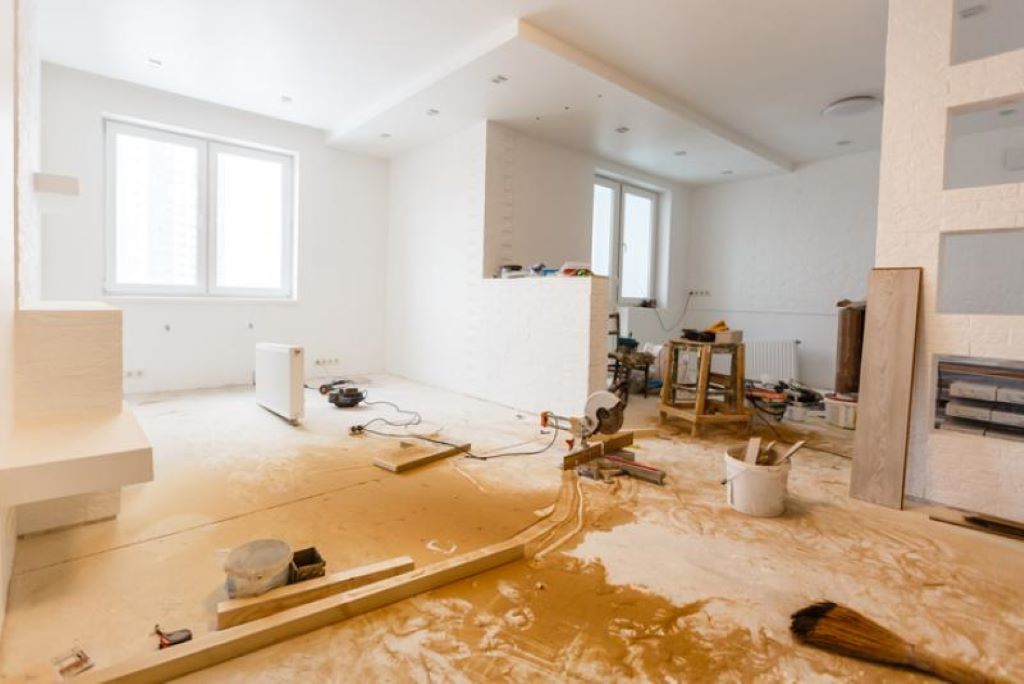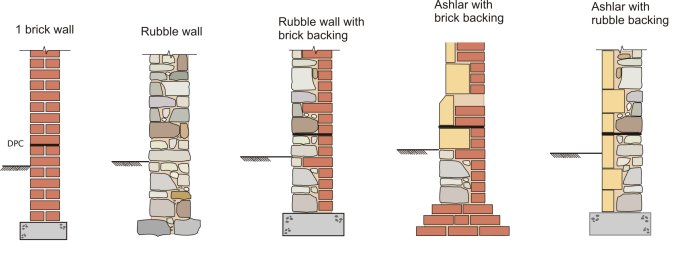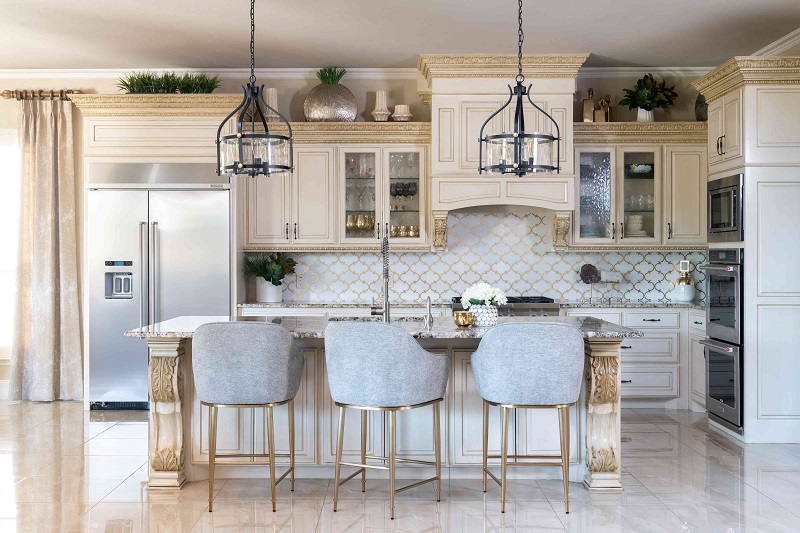Are you a homeowner or potential homebuyer? The question of how thick walls are between semi-detached houses might not be the first thing that comes to mind, but it’s a crucial aspect to consider when it comes to privacy, noise reduction, and overall comfort. In this article, we’re going to delve into the world of home construction, exploring the factors that determine wall thickness, the materials used, and how it all contributes to the quality of life within these homes. So, let’s dive right in! This content is presented by Creativejasmin.com.
Understanding Wall Thickness: The Basics
When you’re living in a semi-detached house, you’re essentially sharing a common wall with your neighbor. This means that the thickness of this wall plays a significant role in ensuring both you and your neighbor’s privacy and comfort. The thickness of these walls can vary, but generally, they range from 4 to 8 inches. Explore soundproofing between semi detached houses.
Factors Influencing Wall Thickness
1. Building Regulations
One of the main factors dictating the thickness of walls between semi-detached houses is building regulations. These regulations ensure that the homes are constructed to certain standards, including fire safety, structural integrity, and sound insulation. Thicker walls contribute to better sound insulation and fire resistance.
2. Noise Reduction
Thicker walls provide better noise reduction, making it easier to maintain a peaceful and quiet environment within your home. The thicker the walls, the less likely you’ll be disturbed by sounds from the neighboring house, whether it’s loud music, conversations, or other household activities.
3. Structural Integrity
Apart from privacy and noise reduction, wall thickness also contributes to the structural integrity of the houses. Thicker walls can better withstand external forces and help maintain the overall stability of the building.
Materials Used in Wall Construction
The materials used in constructing walls between semi-detached houses play a crucial role in determining their thickness and overall performance. Common materials include:
1. Bricks
Bricks are a popular choice for wall construction due to their durability and soundproofing properties. The thickness of brick walls can vary based on factors such as the type of brick used and the desired level of insulation.
2. Concrete Blocks
Concrete blocks are another common option, known for their strength and versatility. The thickness of concrete block walls is determined by the size of the blocks and the number of layers used.
Balancing Space and Comfort
While thicker walls offer numerous benefits, it’s essential to strike a balance between wall thickness and interior space. Homeowners and architects must consider the available space within the house while ensuring that the walls are thick enough to provide adequate insulation and structural support.
The Role of Insulation
Insulation is a key component of wall construction that impacts both the thickness and the performance of the walls. Insulating materials are often added within the walls to enhance thermal efficiency and soundproofing.
In conclusion, a simple house design with terrace, understanding the variable wall thickness between semi-detached houses becomes pivotal, as it accounts for building codes, noise control, and structural stability, while also factoring in insulation for a harmonious living experience.
FAQs
Q1: Can I increase the thickness of the walls in my existing semi-detached house?
A1: While it’s possible, it can be a complex and costly process that involves significant renovations.
Q2: Do thicker walls always mean better insulation?
A2: Thicker walls do provide better insulation, but the type of insulation material used also plays a crucial role.
Q3: How can I improve sound insulation between my semi-detached house and the neighbor’s house?
A3: Adding soundproofing materials like acoustic panels and insulating the walls can significantly improve sound insulation.
Q4: Are there any building codes specifically related to wall thickness in semi-detached houses?
A4: Building codes vary by location, but many areas have regulations related to fire safety and structural integrity that indirectly influence wall thickness.
Q5: Can wall thickness impact the resale value of my semi-detached house?
A5: Yes, thicker walls can enhance the overall quality of the house, potentially positively impacting its resale value.





